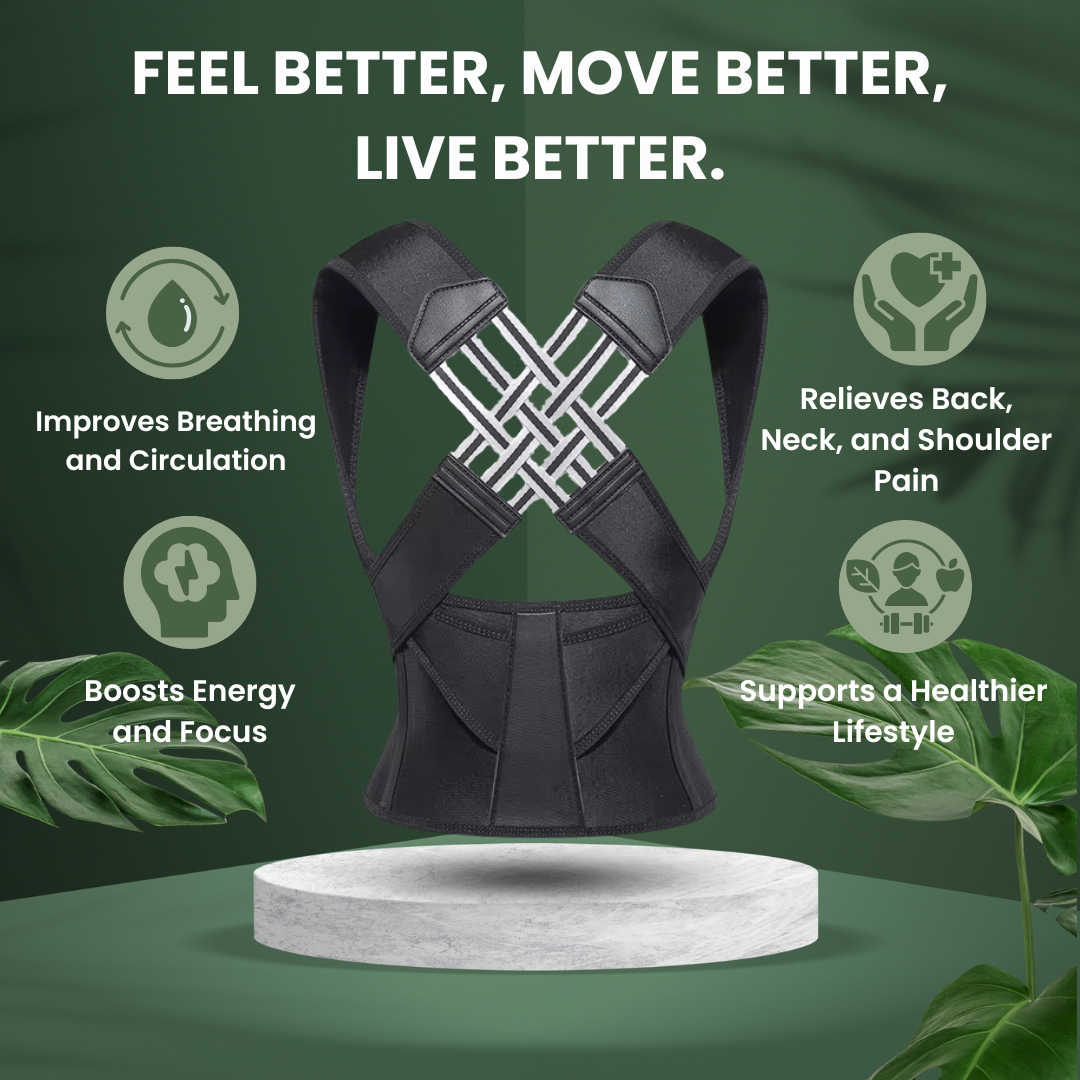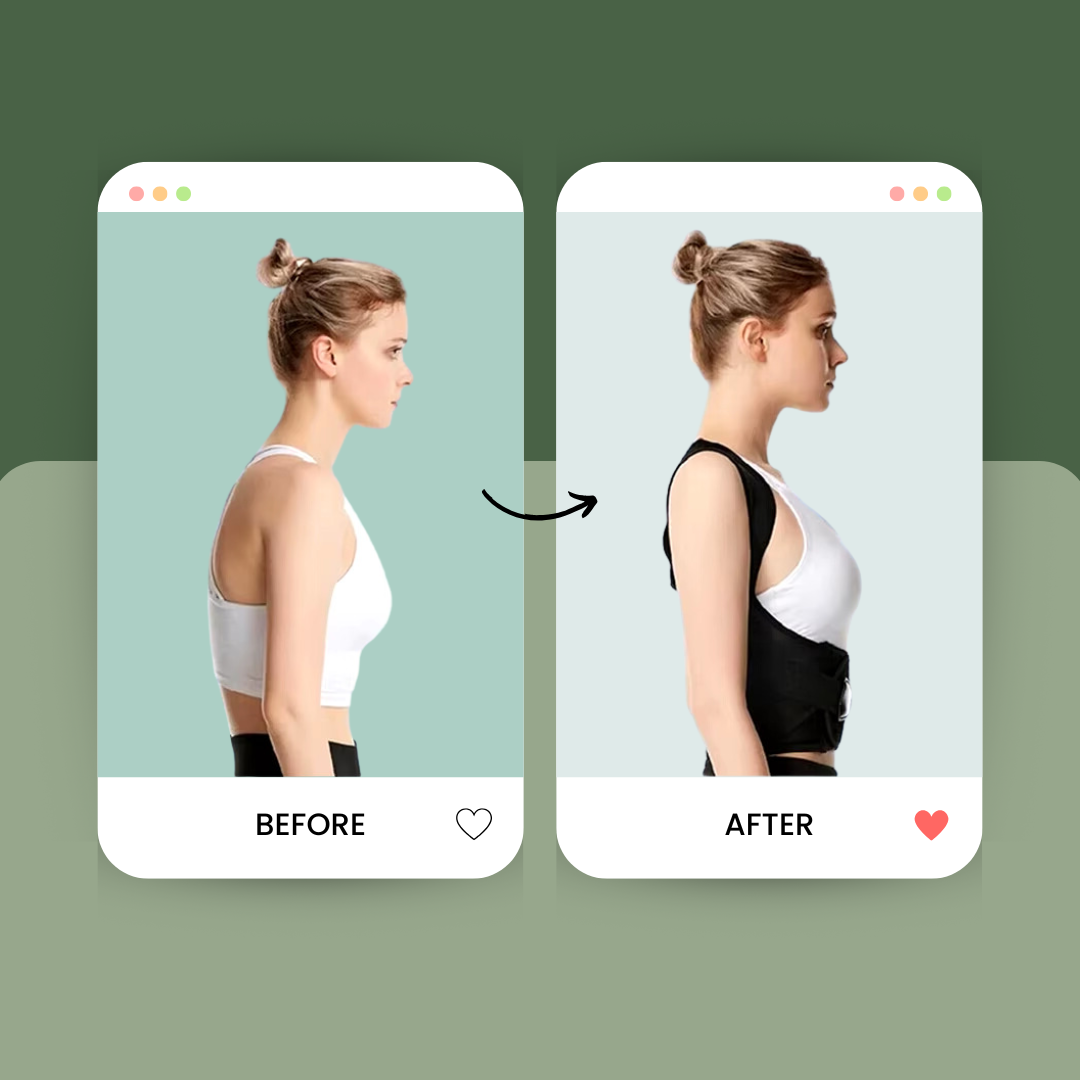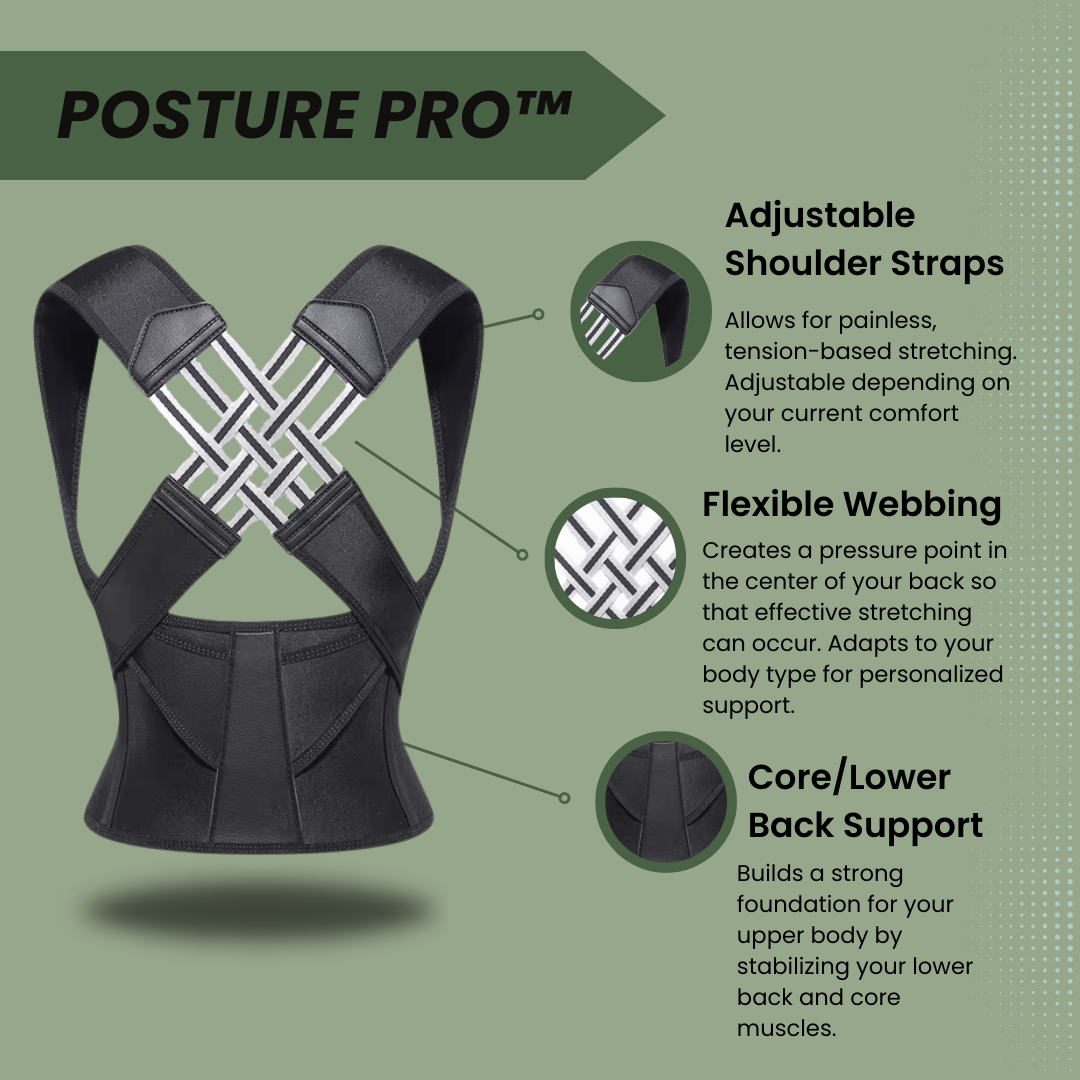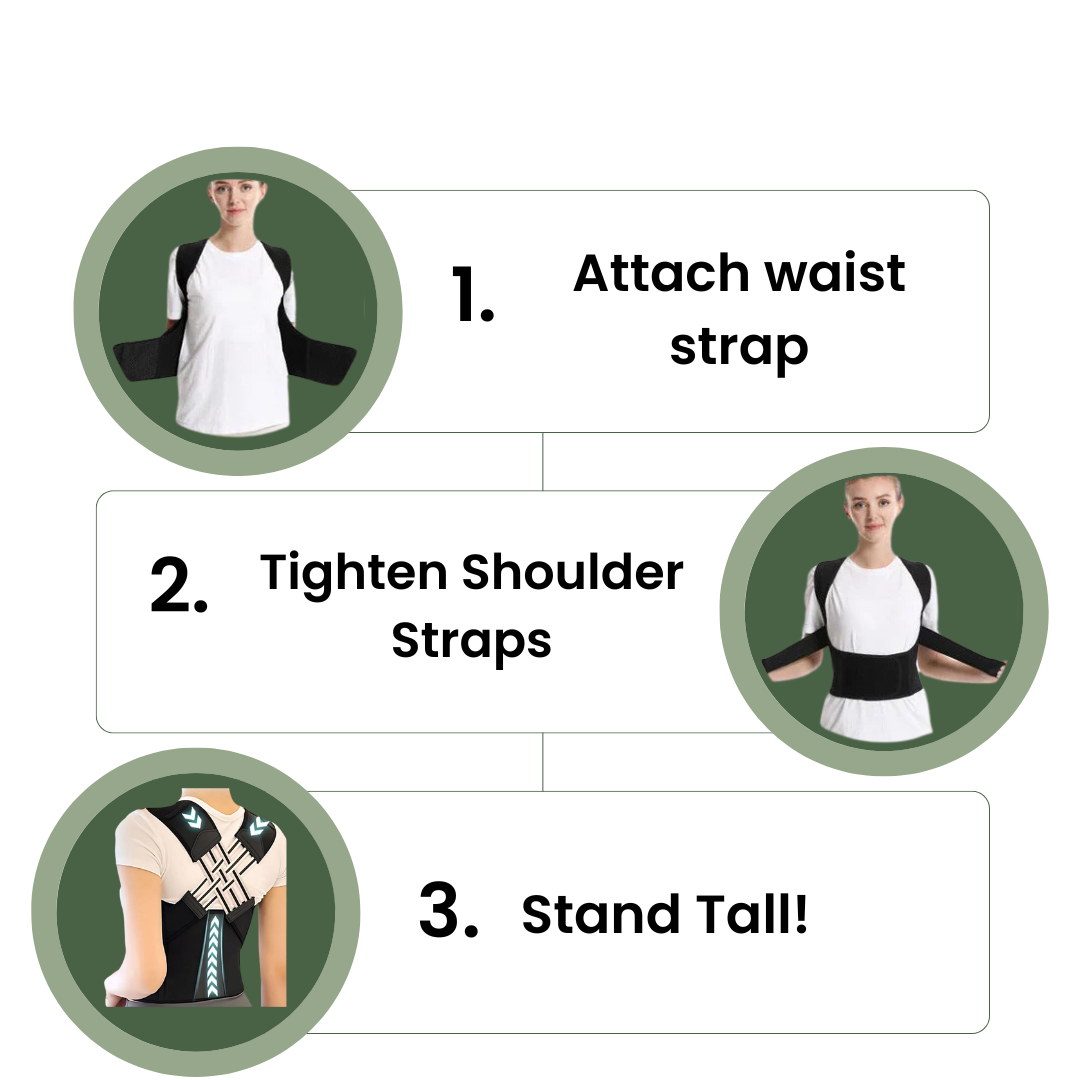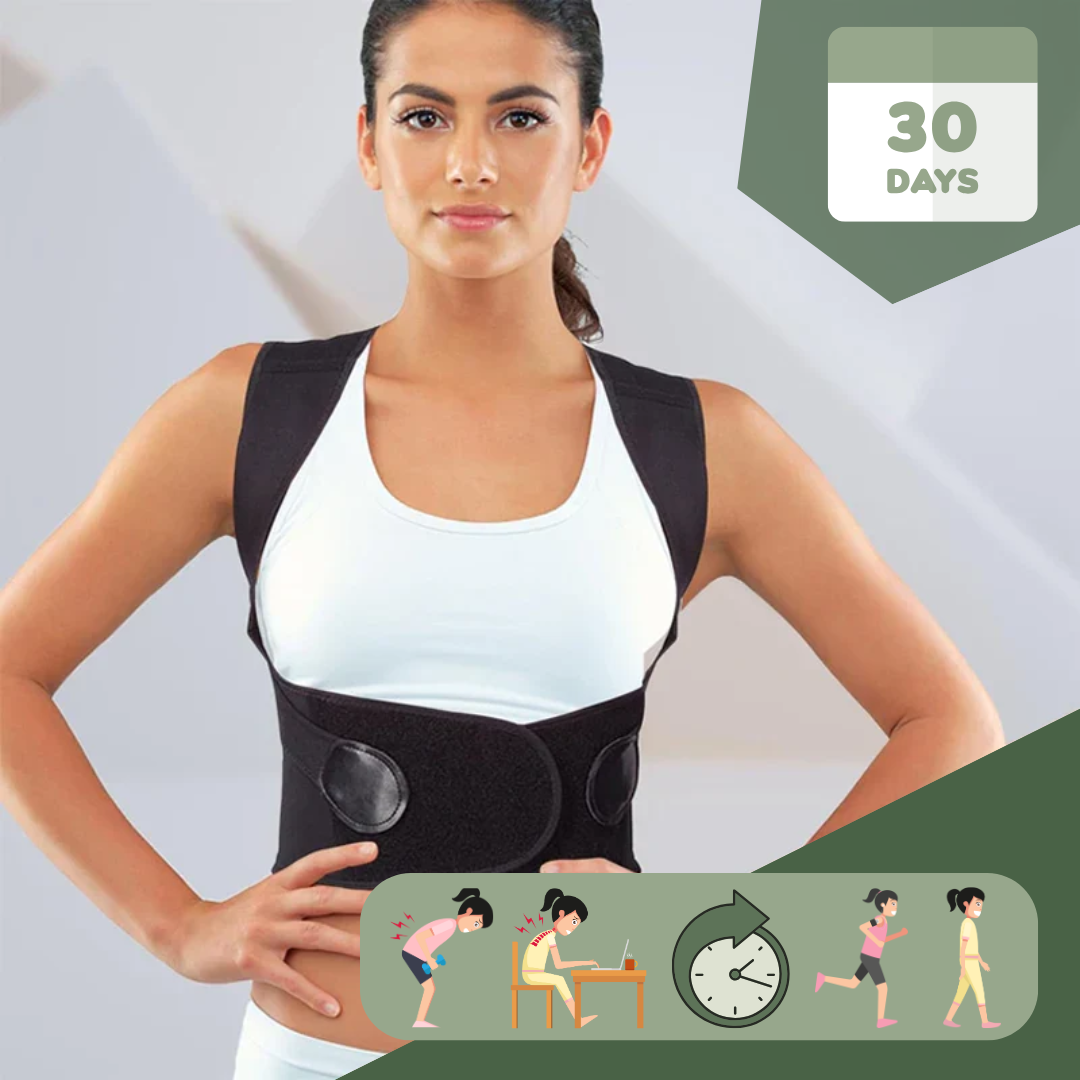Feeling stiff and limited in movement can be frustrating. Mobility training works to improve this. This guide will show you how to enhance your flexibility and joint health. Keep reading for the full scoop on mobility training.
Key Takeaways
- Mobility training aims to improve the body's range of motion and joint health. It focuses on flexibility, balance, and strength through exercises.
- Different from just stretching or foam rolling, mobility training incorporates these methods but also focuses on functional movements to enhance performance in daily activities and reduce injury risk.
- Benefits of mobility training include increased muscle strength, enhanced flexibility, reduced risk of injury, better joint health, and improved posture.
- Integrating mobility training into your fitness routine involves setting goals, including exercises in warm-ups, scheduling dedicated sessions, focusing on specific joints or muscles, and tracking progress over time.
- To achieve optimal results with mobility training it is important to listen to your body and make adjustments as needed. Education about various techniques can help customize a personal routine effectively.
What is Mobility Training?
Mobility training focuses on improving your body's range of motion and movement quality. It enhances flexibility, balance, and joint health through targeted exercises that support physical activity.
Definition
Mobility training improves the range of motion and functional movement of your joints. This practice includes flexibility, strength, stability, and coordination. It helps enhance muscle strength and joint health while promoting better posture.
Strength training that uses full-body range motions can significantly boost mobility. These exercises focus on ensuring your body moves naturally without restriction or pain.
Incorporating mobility techniques into your routine benefits everyday activities and athletic performance. These methods are vital for maintaining longevity and physical aptitude. Mobility training emphasizes joint mobility, giving you more freedom in movement patterns while reducing the risk of injury.
Flexibility exercises play a crucial role in this holistic approach to enhancing overall fitness levels.
Importance
Mobility training plays a crucial role in your overall health and fitness. It helps improve the range of motion, flexibility, and stability of your joints and muscles. This enhancement allows you to move freely without pain or restrictions.
Engaging in mobility exercises boosts muscle strength and promotes better posture. A flexible body supports longevity and mobility throughout life.
Incorporating mobility training into your routine can significantly reduce joint pain and lower the risk of injury. By using techniques aimed at improving functional movement, you prepare your body for various physical activities.
Many people notice improved performance in sports or daily tasks after focusing on their mobility. Regular practice leads to lasting benefits for physical therapy as well as general wellbeing.
Differences between Mobility, Stretching, and Foam Rolling

Understanding the distinctions between mobility training, stretching, and foam rolling is crucial for enhancing movement and flexibility. Each approach plays a unique role in maintaining a healthy, active body. Here's a straightforward comparison:
| Mobility Training | Stretching | Foam Rolling |
|---|---|---|
| Focuses on improving joint range of motion and functional movement. | Targets muscle lengthening to increase flexibility. | Uses a foam roller to apply pressure on muscles, aiding in recovery and relaxation. |
| Involves strength, stability, coordination, and flexibility exercises. | Can be static (holding a position) or dynamic (moving through a range of motion). | Helps in reducing muscle tightness and improving blood flow. |
| Improves muscle strength and joint health, reducing the risk of injury. | Primarily benefits post-workout recovery and pre-workout warm-ups. | Often used for self-myofascial release, to alleviate knots and trigger points. |
| Enhances performance in everyday life and various activities. | Improves posture by elongating tight muscles. | Supports mobility work by addressing muscle soreness and improving flexibility. |
This table underscores the complementary nature of mobility training, stretching, and foam rolling in achieving a flexible and mobile body. Each method contributes to overall fitness and injury prevention, highlighting the importance of incorporating all three into a balanced fitness routine.
Benefits of Mobility Training
Mobility training boosts your muscle strength and increases flexibility. It also lowers the risk of injury and promotes healthier joints.
Improved muscle strength
Mobility training significantly boosts muscle strength. It requires you to engage in exercises that move your joints through their full range of motion. This movement promotes better muscle activation and efficiency.
Improved strength leads to enhanced performance during workouts and daily activities.
Incorporating flexibility training into your routine enhances pliability as well. As muscles become stronger, they support joint health effectively. This approach reduces the risk of injury while promoting overall fitness.
A strong body contributes to better posture and makes everyday tasks easier to perform.
Increased flexibility
Increased flexibility plays a crucial role in mobility training. This training aims to improve the range of motion in your joints and muscles. A body with enhanced flexibility experiences better movement during daily activities.
Flexibility exercises focus on stretching and lengthening muscles, which promotes joint health. Improved flexibility reduces muscle stiffness and allows for smoother movements.
When you increase your flexibility, you also lower the risk of injury. Better pliability helps athletes perform at higher levels without straining their bodies. As a result, many individuals incorporate balance exercises into their fitness routines to support this goal.
Practicing corrective exercises can significantly boost overall stability as well. Mobility training not only enhances performance but also contributes to an active lifestyle that keeps you healthy and strong.
Reduced risk of injury
Mobility training significantly reduces the risk of injury. It improves the range of motion and functional movement of your joints. Enhancing flexibility keeps muscles pliable and ready for activity.
Stronger joints can withstand stress during workouts, decreasing the chance of strains or sprains. Improved joint health allows you to move freely without pain or restrictions. These benefits extend beyond fitness, positively impacting everyday life as well.
Incorporating mobility training into your routine helps you work out longer and with more confidence. Various mobility exercises target specific areas to enhance overall performance in activities such as balance training and flexibility enhancement.
Focusing on expanding your full-body range of motion ensures a healthier, active lifestyle while preventing injuries along the way.
Improved joint health
Improved joint health is a key benefit of mobility training. It enhances the range of motion, flexibility, and stability in your joints. This training allows your body to move through its natural full-body range of motion without restriction or pain.
Increased joint health leads to reduced stiffness and discomfort in everyday activities.
Engaging in mobility exercises helps keep joints lubricated and nourished. Improved joint function can lead to better performance during workouts. People who practice mobility training often experience less joint pain over time.
This proactive approach contributes to overall health and fitness while preventing potential injuries down the road.
Better posture
Mobility training improves your posture by enhancing joint health and flexibility. With regular mobility exercises, you can align your body better and reduce tension in muscles. Better alignment leads to a more upright position, which minimizes strain on your spine.
Improved muscle strength through movement training helps support this alignment. As a result, you experience less discomfort during daily activities.
Maintaining good posture also reflects how well your joints and muscles function together. Mobility training ensures that you can move through your full range of motion without restriction or pain.
This improvement benefits not just athletic performance but also everyday life tasks like sitting at a desk or lifting items correctly. Overall, incorporating mobility training into your fitness routine fosters better posture and promotes a healthier lifestyle.
Incorporating Mobility Training into Your Fitness Routine
Mobility training enhances movement and flexibility. It improves your overall fitness routine.
- Set clear goals for mobility training. Define what areas you want to focus on, such as flexibility or joint stability. Having specific targets makes your training more effective.
- Include pliability exercises in your warm-up. These exercises prepare your muscles and joints for the workout ahead. They help increase blood flow and reduce stiffness.
- Schedule mobility sessions throughout the week. Aim for at least two dedicated sessions focused solely on mobility work. This allows your body to recover and adapt while improving its range of motion.
- Integrate mobility drills into strength training workouts. Use exercises that encourage a full-body range of motion during weightlifting or resistance training. This combination enhances muscle strength and joint health.
- Focus on individual joints and muscle groups during mobility training sessions. Spend time working on hips, shoulders, and ankles specifically to boost flexibility in these critical areas.
- Utilize foam rolling techniques regularly. Foam rolling helps release muscle tension and improves overall pliability, making it easier to perform other mobility exercises effectively.
- Track your progress over time. Keep a record of your flexibility improvements and how well you complete each exercise in your routine.
- Listen to your body during mobility training sessions. Pay attention to any pain or discomfort that may arise while performing exercises aimed at enhancing movement.
- Make mobility a daily habit even outside of structured workouts. Simple movements like stretching throughout the day can significantly improve your overall range of motion and functional movement capabilities.
- Educate yourself about various mobility techniques available online or through classes offered at local gyms or studios. Understanding different approaches can help you personalize your routine effectively.
FAQs
1. What exactly is mobility training?
Mobility training is a method that enhances movement and flexibility, focusing on full body range of motion.
2. How does mobility training enhance movement?
By working on your full body range of motion, mobility training helps improve how you move, making movements smoother and more efficient.
3. Can anyone benefit from this type of training?
Yes! Whether you're an athlete or someone looking to improve general fitness, enhancing movement and flexibility through mobility training can be beneficial.
4. Is there a guide to start with mobility training?
Absolutely! There are numerous resources available titled "What is Mobility Training? A Complete Guide to Enhancing Movement and Flexibility" which offer comprehensive insights into the practice.








